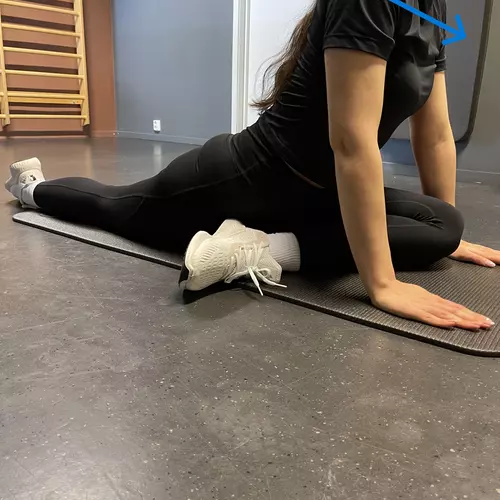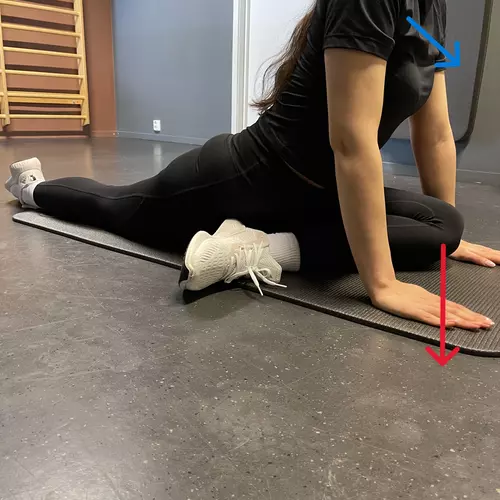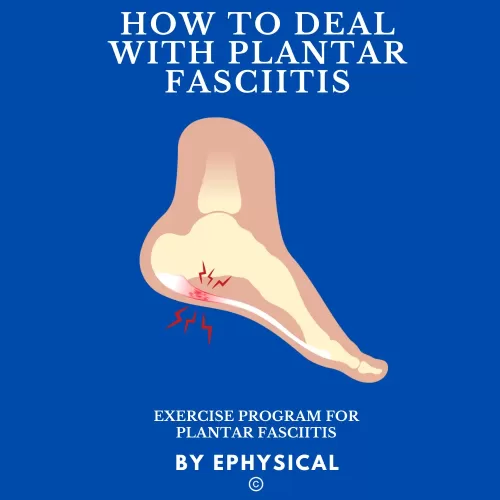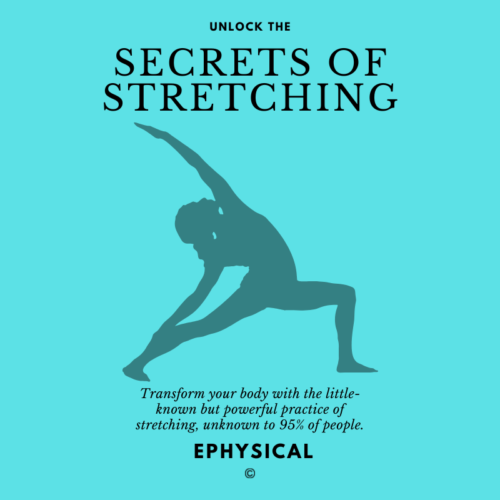Gluteus Medius Stretch For Better Hip Flexibility And Stronger Glutes
In this article, I will explain the best and most effective way to stretch your gluteus medius muscle.
The gluteus medius is one of the three muscles that make up your buttocks, and it helps with the movement of abduction (moving your leg away from your body) and stabilizing your pelvis when standing on one leg.
To achieve gluteus medius stretch, it is important to understand the anatomy and function of your gluteal muscles, so you can avoid stretching gluteus maximus, and focusing only on this muscle.
In addition to exercises for gluteus medius stretch, I will also explain the function and role of this muscle in maintaining hip function, share interesting facts about this muscle, and explain why it is important to stretch this muscle.
Gluteus Medius Stretch Routine With 3 Best Stretches
To maximize the stretching benefits of this muscle, adhere to the step-by-step routine outlined here.
First, set aside five to ten minutes for a light warm-up of the muscles. You can do this by taking a brisk walk, doing a few sets of squats, hip thrusts, and lateral walking. After that, begin with stretches for the gluteus medius.
Second, follow this guide with stretching exercises for the gluteus medius that I have devised to get the most benefits that stretching provides to the muscle.
Dynamic Gluteus Medius Stretch
Start from a pigeon pose. While keeping your pelvis rotated forward and you back straight, lean forward with your upper body twenty times. This is the dynamic stretching that will prepare your gluteus medius for further stretching.
Static Stretching for Gluteus Medius
Start from a pigeon pose. Lean forward with your upper body until you feel nice and pleasant stretching in your gluteus medius. Hold for 30s and breath slowly.
This static stretching will prepare your muscle to stretch further with PNF technique.
PNF Stretching for Gluteus Medius
Here is the Contract-Relax (CR) PNF stretching technique for gluteus medius.
You will perform the exercise in two phases:
- Contract – You will squeeze gluteus medius to contract this muscle for 6s.
- Relax – You will relax your gluteus medius and dive into a deeper stretch.
Let me explain how to do it.
Start from a pigeon pose.
In the contract phase, push down with your knee (see the red line on a picture) and hold for 6s.
Afterward, lean forward with your upper body (see the blue line) and hold for 15s.
Repeat the whole process five more times, going into a deeper and deeper stretch each time.
Repeat this routine once per day for the most optimal results.
Why You Should Stretch Gluteus Medius?
Stretching your gluteus medius muscle is the first step towards building strong gluteal muscles.
A relaxed gluteus medius will allow you to activate your gluteal muscles better, especially during exercises that involve hip abduction and extension with weight, such as cable hip abduction, side-lying hip abduction, hip thrust with hip abduction, and more.
These exercises can lead to following scenarios:
- Reducing tension in the hip joint
- Improving mobility in the hip joint
- Improving pelvic posture (hip alignment)
Although the gluteus medius muscle is located in the hip (originating from a bone called the ilium and attaching to the greater trochanter of the femur), gluteus muscles also affects the health of adjacent structures such as the lumbar spine and/or knee joint.
Proper stretching of the gluteus medius muscle can help reduce tension and pain in the knee joint or lower back.
As a physical therapist, I highly recommend incorporating gluteus medius stretching into your exercise routine to improve overall hip and lower body health.
Interesting Facts About Gluteus Medius
- The connection between gluteus medius and lower back pain. This study says that people who were standing for few hours and have experienced co-activation in gluteus medius are more prone to experiencing the lower back pain.
- People who have chronic lower back pain are more prone to gluteus medius muscle weakness.
- One way to test the strength of the gluteus medius is by performing the single-leg stance test. This involves standing on one leg for 30 seconds. If you are unable to maintain balance, it may indicate weakness in the gluteus medius.
Learn more about stretching the glutes in this comprehensive book on stretching and flexibility.







